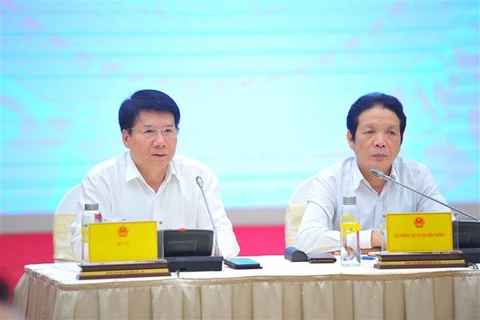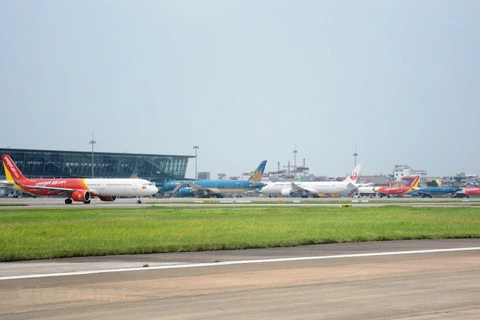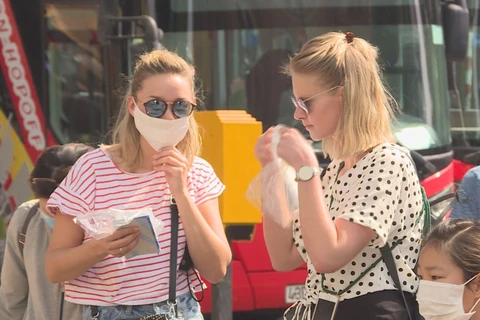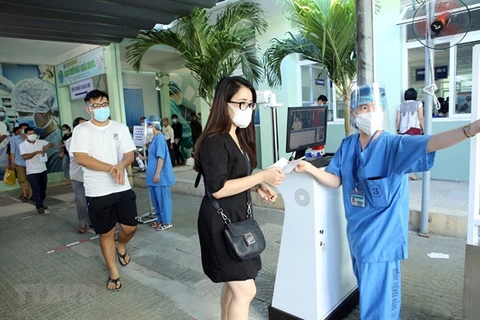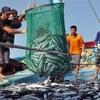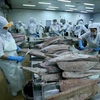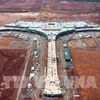 Although “vaccine passports” are yet to become official, airlines are nonetheless preparing for the resumption of international flights based on their introduction (Illustrative photo: VNA)
Although “vaccine passports” are yet to become official, airlines are nonetheless preparing for the resumption of international flights based on their introduction (Illustrative photo: VNA) On March 25, a flight by national flag carrier Vietnam Airlines from Taipei, Taiwan (China), landed at Da Nang International Airport. It was a repatriation flight bringing Vietnamese citizens home, which they had to pay for, and was a step towards the reopening of international commercial flights after they were suspended due to COVID-19.
According to the Civil Aviation Authority of Vietnam, more repatriation flights will be conducted in the future. Priority in regular commercial flights bringing stranded citizens home will be given to six countries: China, the Republic of Korea, Japan, Taiwan (China), Laos, and Cambodia.
These air routes received approval for the resumption of flights last September, but implementation was delayed due to complicated developments of the pandemic.
The gradual reopening is expected to assist the aviation sector but many problems remain, including the promulgation of “vaccine passports” and the location and cost of quarantine centres.
Dang Anh Tuan, head of Vietnam Airlines’ Communications and Branding Department, believes “vaccine passports” may be rolled out swiftly in the country, as the International Air Transport Association (IATA) sent a letter to the Prime Minister on the issue, which the Government leader then passed on to relevant agencies to consider. The PM also instructed accelerating the process for “vaccine passports” at several recent meetings.
As Thailand has recently announced it will reopen to tourism in June or July, Vietnam may lose out to other markets if it is too late to the game.
At present, more than 70 countries have joined IATA’s Travel Pass initiative. This contains personal information and data on COVID-19 at places of departure and destination, linked with government health portals.
The initiative may be piloted in specific areas, such as central Da Nang city, to assess its safety, Tuan said.
Along with legal regulations, technology, infrastructure, and personnel are other challenges facing the introduction of “vaccine passports”, according to analysts./.
VNA
